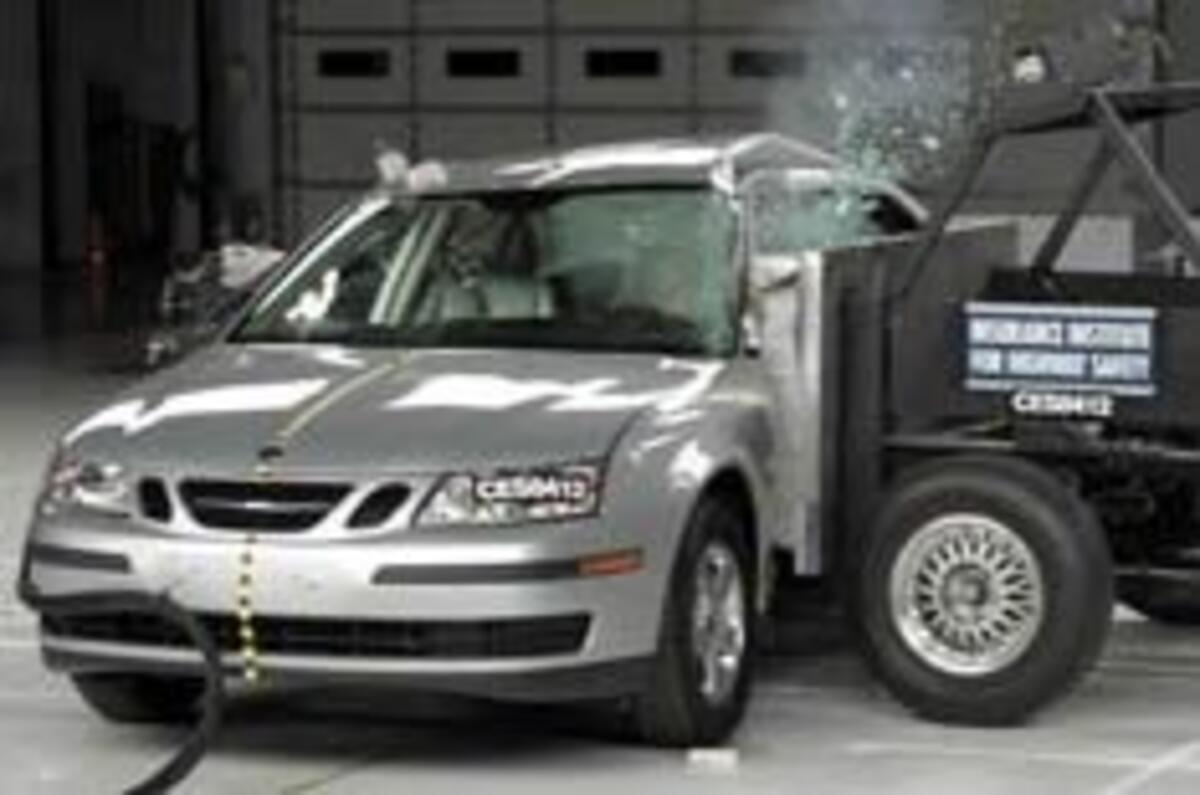New American side-impact crash tests have highlighted the grave danger posed to passenger cars by full-size SUVs and other tall, heavy vehicles. Results from a new crash test regime created by the Insurance Institute For Highway Safety (IIHS) show the devastating consequences of being hit side-on at 31mph by a typical 1500kg SUV. However, the tests established that many lives could be saved if car makers fitted side and head airbags as standard.
Saab’s 9-3 saloon, Honda’s Acura TL (similar to an Accord), the Lexus ES330 (an upmarket Toyota Camry) and the 2005 Mitsubishi Galant were all awarded ‘good’ ratings. The new Volvo S40 (above) received only an ‘acceptable’ rating, the same as the older Saab 9-5. Jaguar’s X-type slumped to a ‘marginal’ rating. The Institute’s tests use a deformable barrier shaped to mimic the front of a traditional US-style truck-based SUV. The dummies in each of the crash-test vehicles are representative of the shortest type of driver and passenger. This means the top of impact barrier would be level with the dummy’s heads – putting the maximum demand on the car’s side-impact protection.
European side-impact ‘pole’ tests better reflect a typical European worst-case side-impact – hitting a tree or lamp post – although the European SUV population is growing.
IIHS’s findings also revealed the difference a full complement of airbags can make. It tested the 2004 Mitsubishi Galant without airbags and found that while the body structure performed very well, ‘without side airbags the driver’s head was struck by the intruding barrier… there was the possibility of serious skull fracture.’ By contrast, the 2005 Galant has combined head- and chest-protection side airbags, which led to a ‘dramatic’ difference. ‘It shows you don’t have to spend a lot of money to get good protection,’ said IIHS’s Adrian Lund.
The upshot, according to the IIHS, is that combined side and head protection is reducing deaths of drivers hit on their side by about 45 per cent. But conventional side ’bags reduce deaths by just 10 per cent. However, further structural protection will be a real challenge for engineers because of the limited ‘crush space’ between a door skin and a car’s occupants.





Add your comment